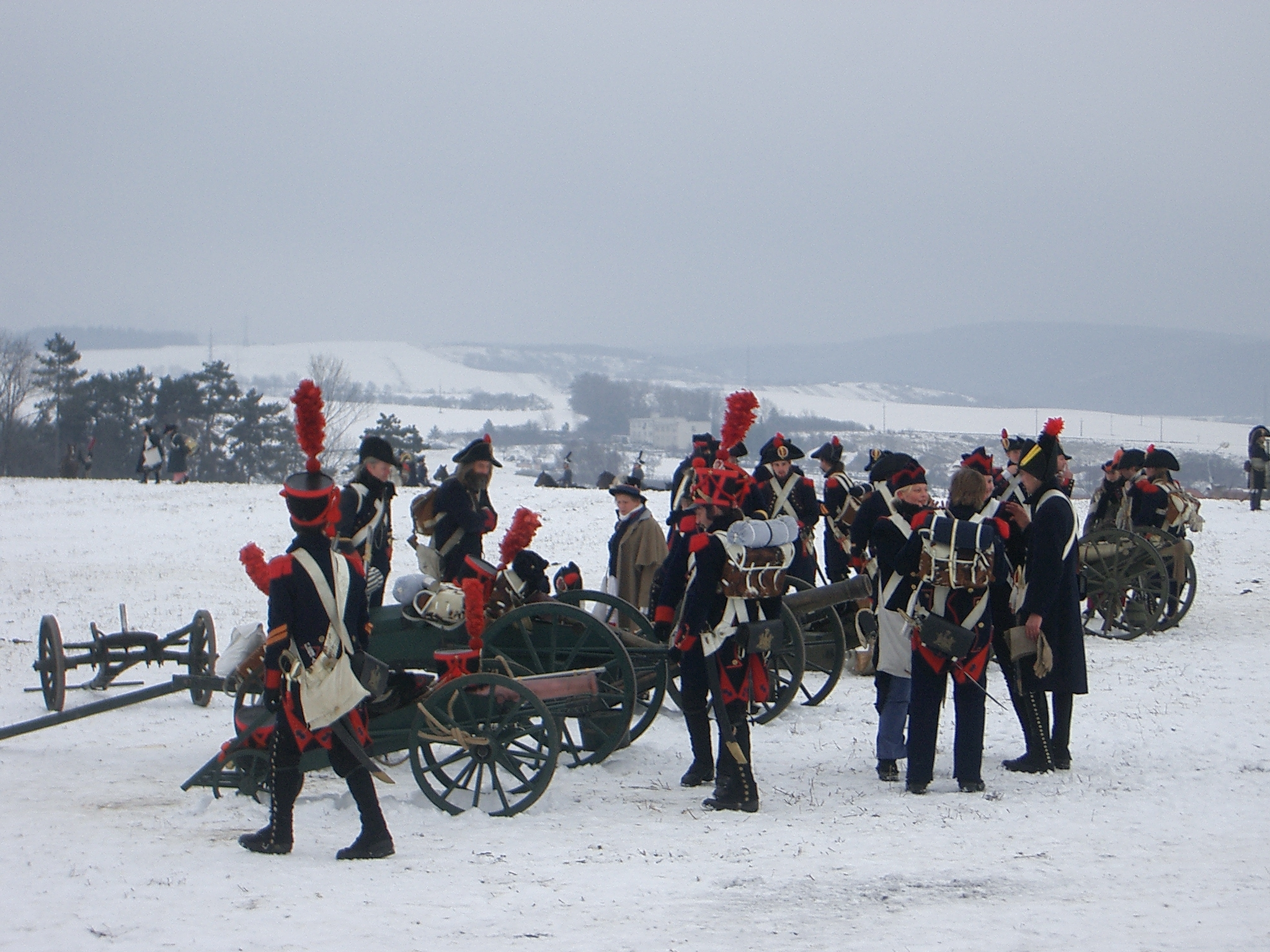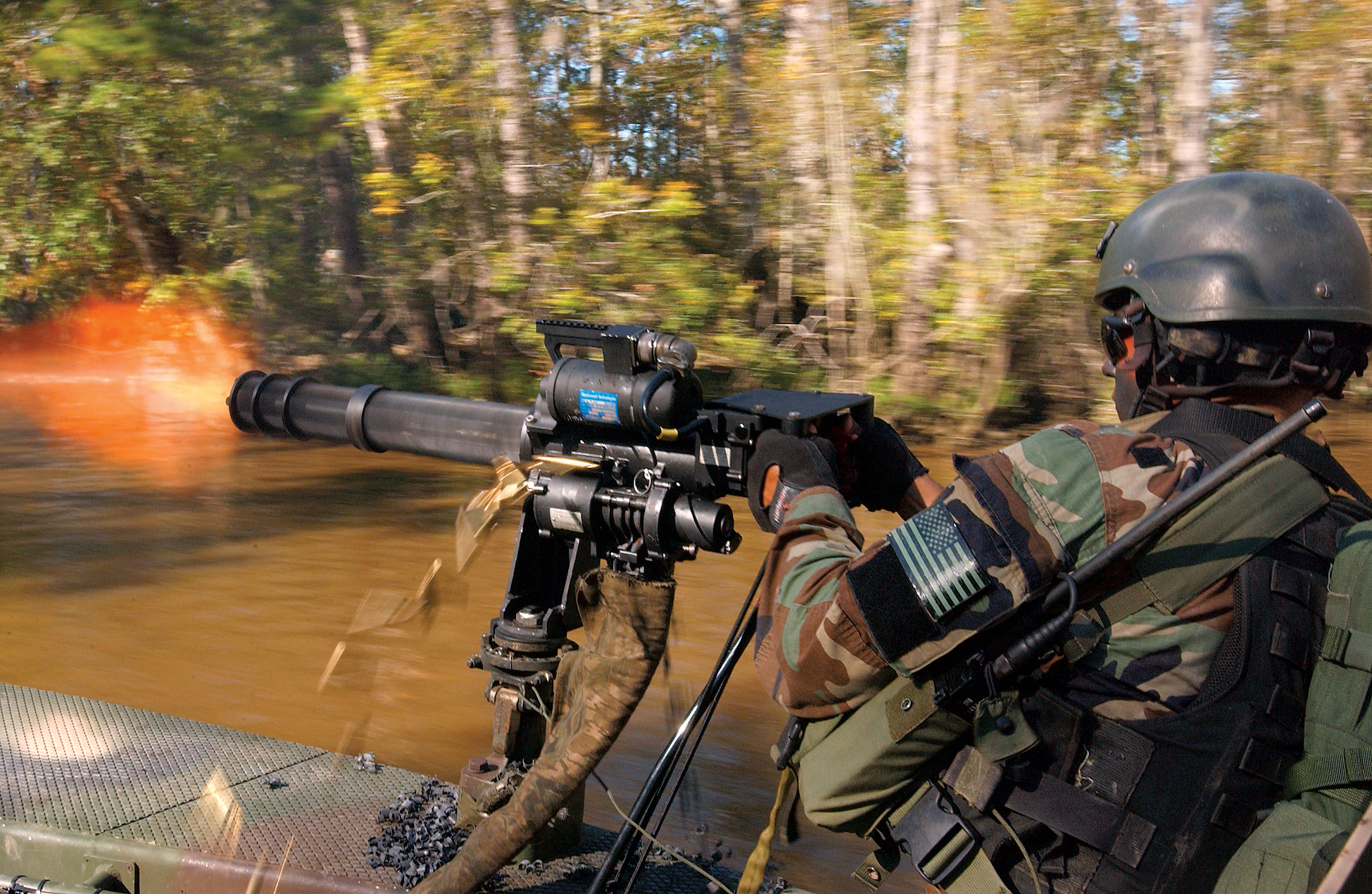|
Fire For Effect
Fire for effect (or FFE) is a military term. According to NATO doctrine: # Fire which is delivered after the mean point of impact or burst is within the desired distance of the target or adjusting/ranging point. # Term in a call for fire to indicate the adjustment/ranging is satisfactory and fire for effect is desired. According to United States Department of Defense, it is "that volume of fires delivered on a target to achieve the desired effect". Artillery firing is often calibrated with spotting rounds and a process of adjustment of fire. Once calibrated upon the desired target or bracketed area, a call for "fire for effect" is made – requesting several batteries or the battalion to fire one or more rounds, with the goal of saturating the target area with shell fragments. In practice, first the Forward Observer (FO) establishes communication with the artillery unit. Then a spotting round is called for. Spotting rounds are then "walked" on to the target. When the spottin ... [...More Info...] [...Related Items...] OR: [Wikipedia] [Google] [Baidu] |
NATO
The North Atlantic Treaty Organization (NATO, ; french: Organisation du traité de l'Atlantique nord, ), also called the North Atlantic Alliance, is an intergovernmental military alliance between 30 member states – 28 European and two North American. Established in the aftermath of World War II, the organization implemented the North Atlantic Treaty, signed in Washington, D.C., on 4 April 1949. NATO is a collective security system: its independent member states agree to defend each other against attacks by third parties. During the Cold War, NATO operated as a check on the perceived threat posed by the Soviet Union. The alliance remained in place after the dissolution of the Soviet Union and has been involved in military operations in the Balkans, the Middle East, South Asia, and Africa. The organization's motto is ''animus in consulendo liber'' (Latin for "a mind unfettered in deliberation"). NATO's main headquarters are located in Brussels, Belgium, while NATO ... [...More Info...] [...Related Items...] OR: [Wikipedia] [Google] [Baidu] |
United States Department Of Defense
The United States Department of Defense (DoD, USDOD or DOD) is an executive branch department of the federal government charged with coordinating and supervising all agencies and functions of the government directly related to national security and the United States Armed Forces. The DoD is the largest employer in the world, with over 1.34 million active-duty service members (soldiers, marines, sailors, airmen, and guardians) as of June 2022. The DoD also maintains over 778,000 National Guard and reservists, and over 747,000 civilians bringing the total to over 2.87 million employees. Headquartered at the Pentagon in Arlington, Virginia, just outside Washington, D.C., the DoD's stated mission is to provide "the military forces needed to deter war and ensure our nation's security". The Department of Defense is headed by the secretary of defense, a cabinet-level head who reports directly to the president of the United States. Beneath the Department of Defense are th ... [...More Info...] [...Related Items...] OR: [Wikipedia] [Google] [Baidu] |
Forward Observer
An artillery observer, artillery spotter or forward observer (FO) is responsible for directing artillery and mortar fire onto a target. It may be a ''forward air controller'' (FAC) for close air support (CAS) and spotter for naval gunfire support (NGSF). Also known as fire support specialist (FiSTer), an artillery observer usually accompanies a tank or infantry maneuver unit. Spotters ensure that indirect fire hits targets which the troops at the fire support base cannot see. Because artillery is an indirect fire weapon system, the guns are rarely in line-of-sight of their target, often located miles away. The observer serves as the eyes of the guns, by sending target locations and if necessary corrections to the fall of shot, usually by radio. More recently, a mission controller for an Army Unmanned Air System (UAS) may also perform this function, and some armies use special artillery patrols behind the enemy's forward elements. Special forces such as the British SAS, US SEA ... [...More Info...] [...Related Items...] OR: [Wikipedia] [Google] [Baidu] |
Artillery
Artillery is a class of heavy military ranged weapons that launch munitions far beyond the range and power of infantry firearms. Early artillery development focused on the ability to breach defensive walls and fortifications during sieges, and led to heavy, fairly immobile siege engines. As technology improved, lighter, more mobile field artillery cannons developed for battlefield use. This development continues today; modern self-propelled artillery vehicles are highly mobile weapons of great versatility generally providing the largest share of an army's total firepower. Originally, the word "artillery" referred to any group of soldiers primarily armed with some form of manufactured weapon or armor. Since the introduction of gunpowder and cannon, "artillery" has largely meant cannons, and in contemporary usage, usually refers to shell-firing guns, howitzers, and mortars (collectively called ''barrel artillery'', ''cannon artillery'', ''gun artillery'', or - a layman t ... [...More Info...] [...Related Items...] OR: [Wikipedia] [Google] [Baidu] |
Field Artillery
Field artillery is a category of mobile artillery used to support armies in the field. These weapons are specialized for mobility, tactical proficiency, short range, long range, and extremely long range target engagement. Until the early 20th century, field artillery were also known as foot artillery, for while the guns were pulled by beasts of burden (often horses), the gun crews would usually march on foot, thus providing fire support mainly to the infantry. This was in contrast to horse artillery, whose emphasis on speed while supporting cavalry units necessitated lighter guns and crews riding on horseback. Whereas horse artillery has been superseded by self-propelled artillery, field artillery has survived to this day both in name and mission, albeit with motor vehicles towing the guns (this towed artillery arrangement is often called mobile artillery), carrying the crews and transporting the ammunition. Modern artillery has also advanced to rapidly deployable wheeled a ... [...More Info...] [...Related Items...] OR: [Wikipedia] [Google] [Baidu] |
Field Artillery Team
In the US system for land-based field artillery, the field artillery team is organized to direct and control indirect artillery fire on the battlefield. Since World War I, to conduct indirect artillery fire, three distinct components have evolved in this organization: the forward observer (FO), the fire direction center (FDC), and the firing unit, sometimes referred to as the gun line. On the battlefield, the field artillery team consists of some combinations of all of these elements. In other words, there may be multiple FOs calling in fire on multiple targets to multiple FDCs and any component may be in communication with some of the other elements depending on the situational requirements. History Modern artillery shoots at targets miles away, a hundredfold increase in range over 18th century guns, a result of development of rifled cannons, improvements in propellants, better communications, and technical improvements such as computing the aim. The enemy is engaged at such ... [...More Info...] [...Related Items...] OR: [Wikipedia] [Google] [Baidu] |
Final Protective Fire
Final protective fire (FPF) refers to a tactical plan for a military unit, set up in support of the infantry, to protect itself against overwhelming attack, and generally reserved for units at risk of being overrun. It involves the concentration of weapons fire directly in front of the unit to impede enemy movement. An FPF request has absolute priority over any other kind of request. The size of the FPF depends on the number and type of weapons firing (e.g., FPF size for one battery of 155 mm howitzer A howitzer () is a long- ranged weapon, falling between a cannon (also known as an artillery gun in the United States), which fires shells at flat trajectories, and a mortar, which fires at high angles of ascent and descent. Howitzers, like ot ...s is 300 m × 50 m). The supported maneuver commander designates the location of the FPF and it is adjusted into place by the forward observer. Normally, the FPF is within 200 to 400 meters of friendly positions (known a ... [...More Info...] [...Related Items...] OR: [Wikipedia] [Google] [Baidu] |
Suppressive Fire
In military science, suppressive fire is "fire that degrades the performance of an enemy force below the level needed to fulfill its mission". When used to protect exposed friendly troops advancing on the battlefield, it is commonly called covering fire. Suppression is usually only effective for the duration of the fire. It is one of three types of fire support, which is defined by NATO as "the application of fire, coordinated with the maneuver of forces, to destroy, neutralise or suppress the enemy". Before NATO defined the term, the British and Commonwealth armies generally used "neutralisation" with the same definition as suppression. NATO now defines neutralisation as "fire delivered to render a target temporarily ineffective or unusable." Usage Suppressive fire usually achieves its effect by threatening casualties to individuals who expose themselves to it. Willingness to expose themselves varies depending on the morale, motivation and leadership of the target troo ... [...More Info...] [...Related Items...] OR: [Wikipedia] [Google] [Baidu] |
Time On Target
Artillery is a class of heavy military ranged weapons that launch munitions far beyond the range and power of infantry firearms. Early artillery development focused on the ability to breach defensive walls and fortifications during sieges, and led to heavy, fairly immobile siege engines. As technology improved, lighter, more mobile field artillery cannons developed for battlefield use. This development continues today; modern self-propelled artillery vehicles are highly mobile weapons of great versatility generally providing the largest share of an army's total firepower. Originally, the word "artillery" referred to any group of soldiers primarily armed with some form of manufactured weapon or armor. Since the introduction of gunpowder and cannon, "artillery" has largely meant cannons, and in contemporary usage, usually refers to shell-firing guns, howitzers, and mortars (collectively called ''barrel artillery'', ''cannon artillery'', ''gun artillery'', or - a layman term - ... [...More Info...] [...Related Items...] OR: [Wikipedia] [Google] [Baidu] |
Weapon Operation
A weapon, arm or armament is any implement or device that can be used to deter, threaten, inflict physical damage, harm, or kill. Weapons are used to increase the efficacy and efficiency of activities such as hunting, crime, law enforcement, self-defense, warfare, or suicide. In broader context, weapons may be construed to include anything used to gain a tactical, strategic, material or mental advantage over an adversary or enemy target. While ordinary objects – sticks, rocks, bottles, chairs, vehicles – can be used as weapons, many objects are expressly designed for the purpose; these range from simple implements such as clubs, axes and swords, to complicated modern firearms, tanks, intercontinental ballistic missiles, biological weapons, and cyberweapons. Something that has been re-purposed, converted, or enhanced to become a weapon of war is termed weaponized, such as a weaponized virus or weaponized laser. History The use of weapons is a major driver of cultural ... [...More Info...] [...Related Items...] OR: [Wikipedia] [Google] [Baidu] |






